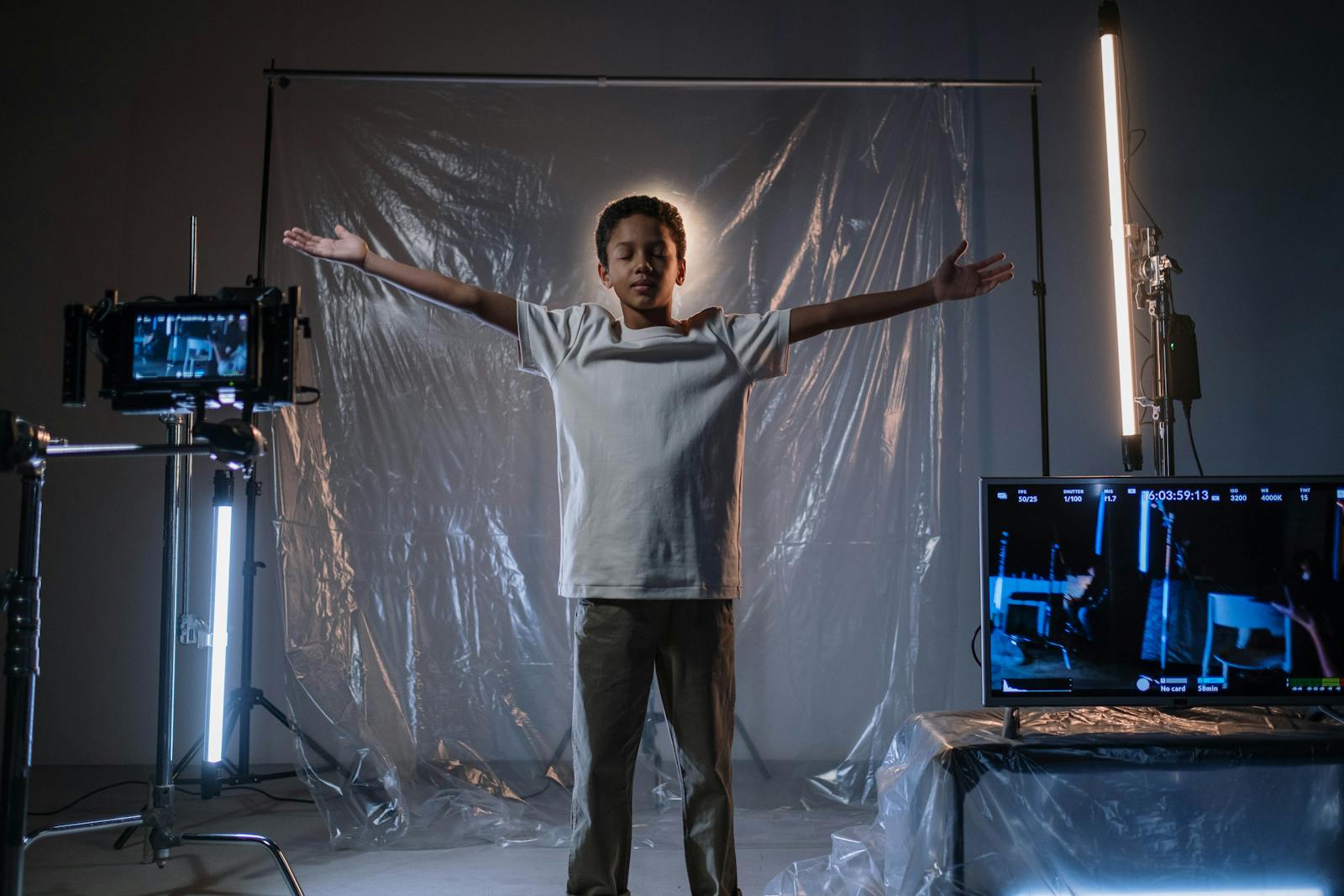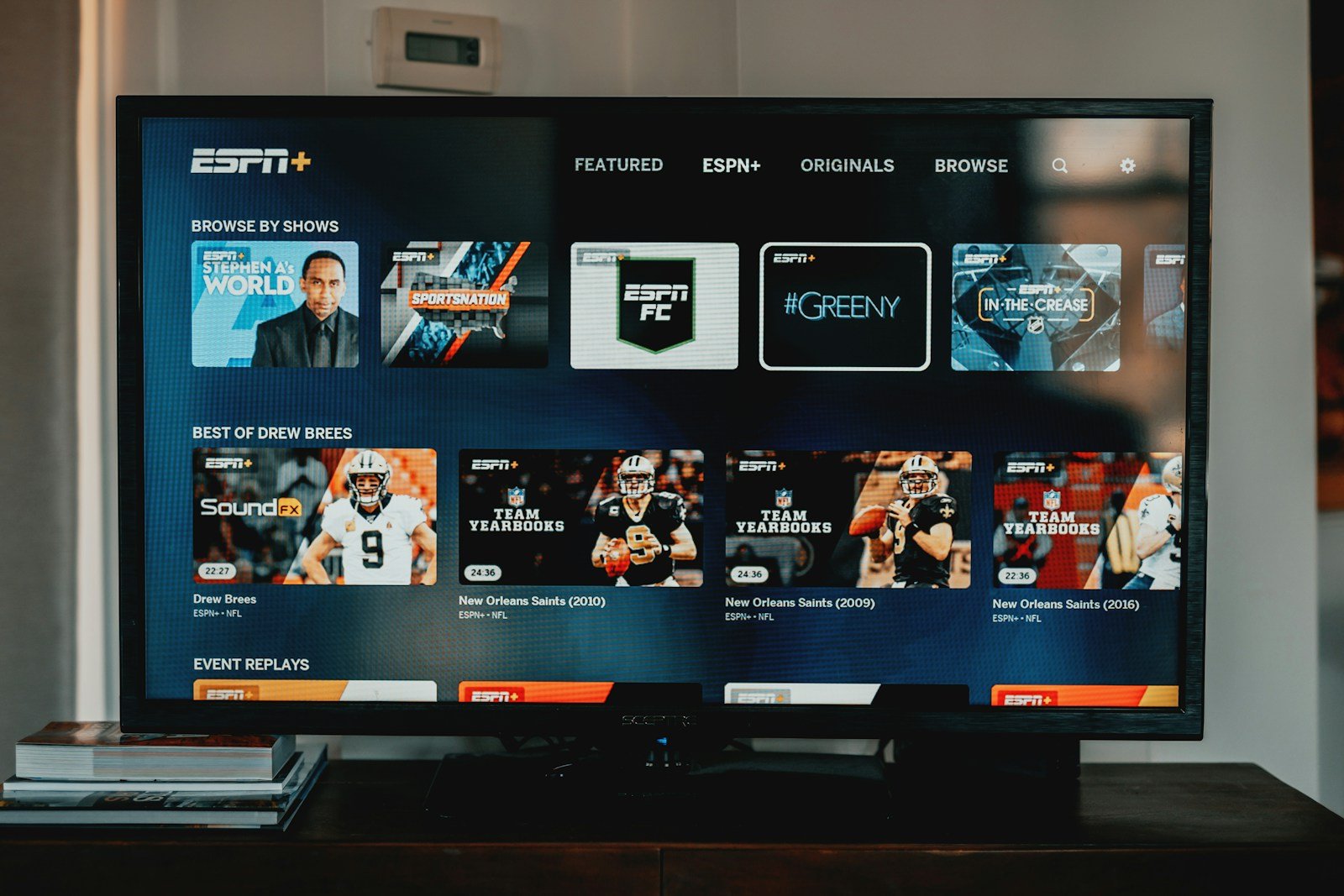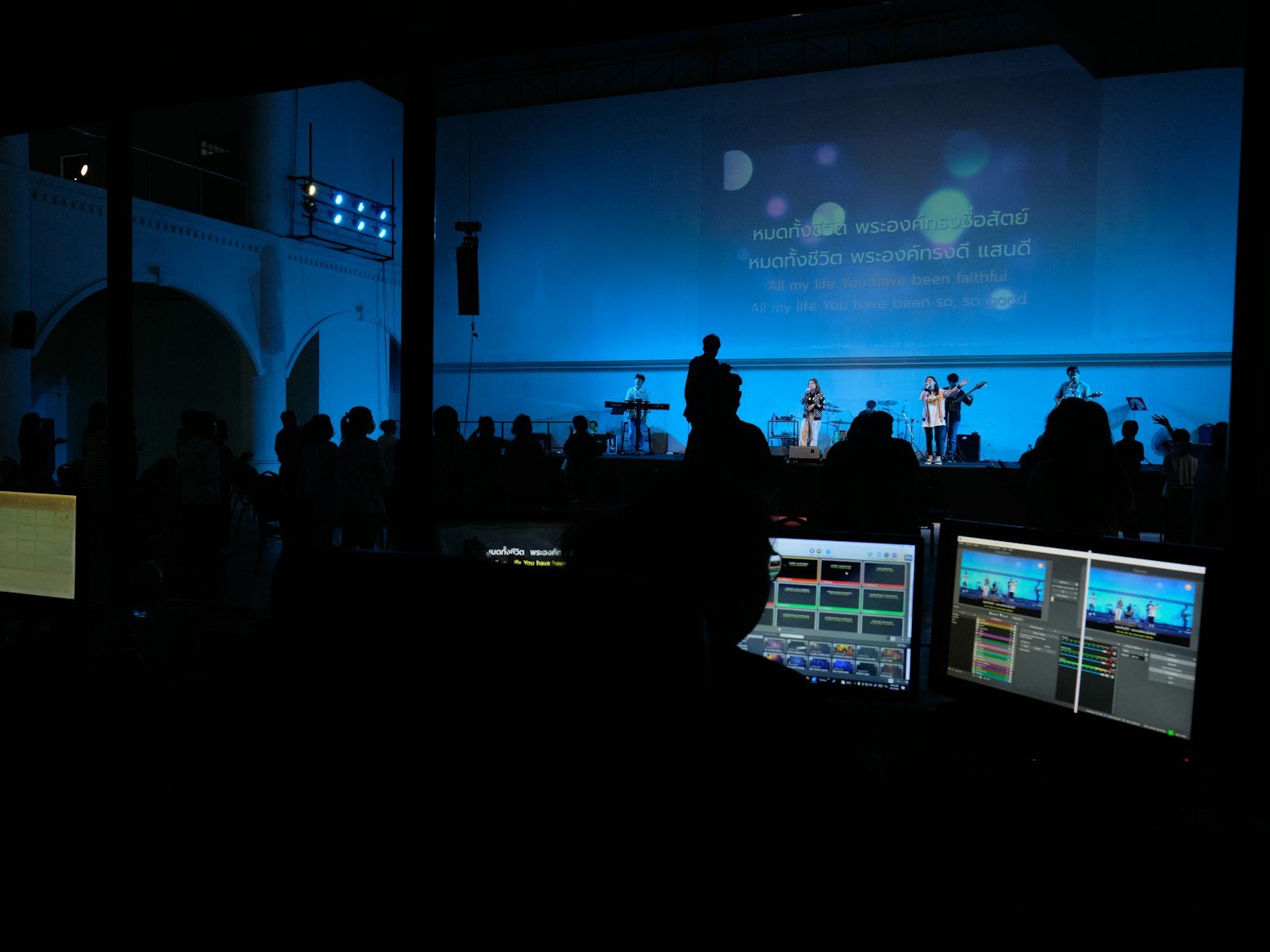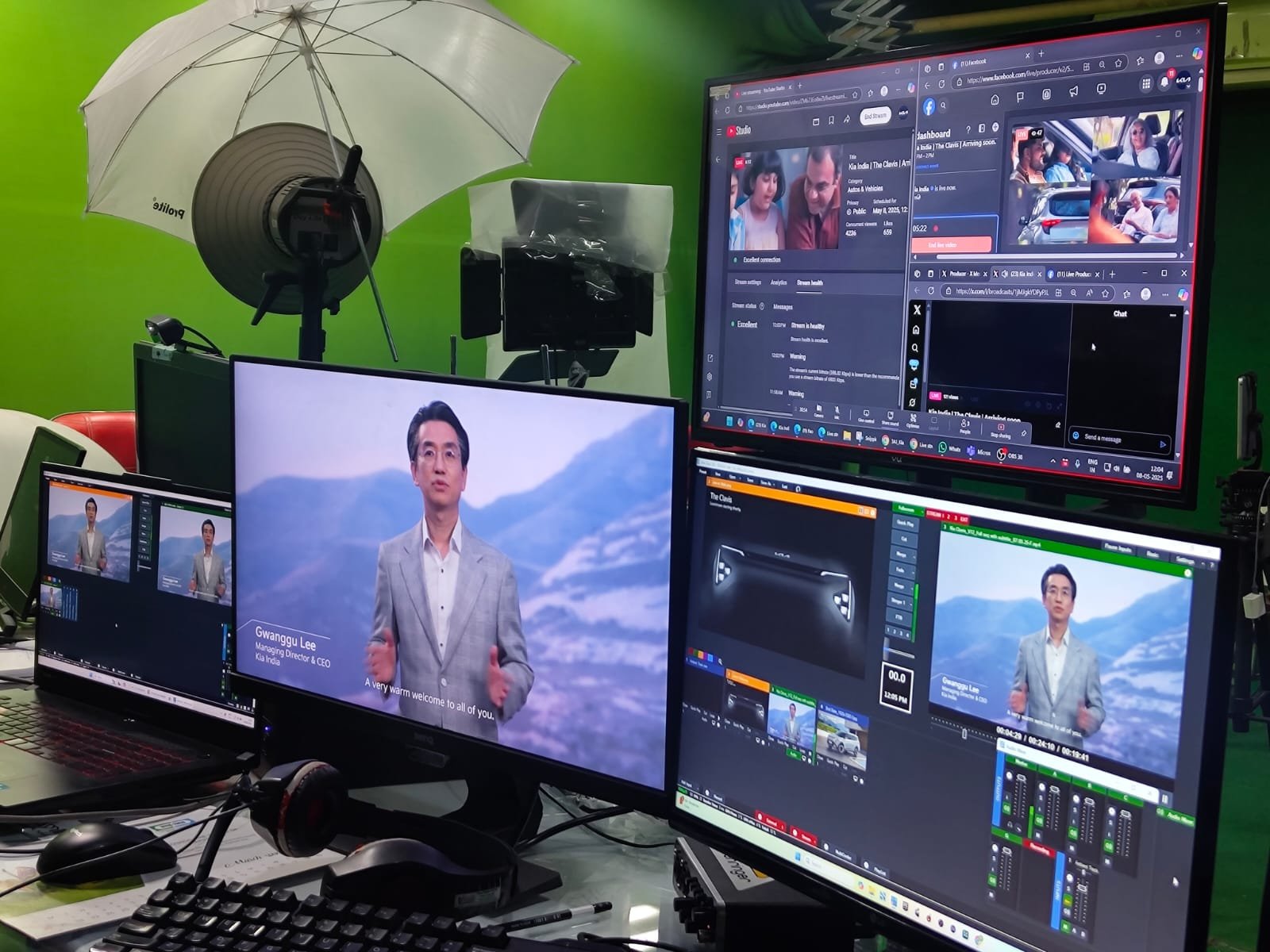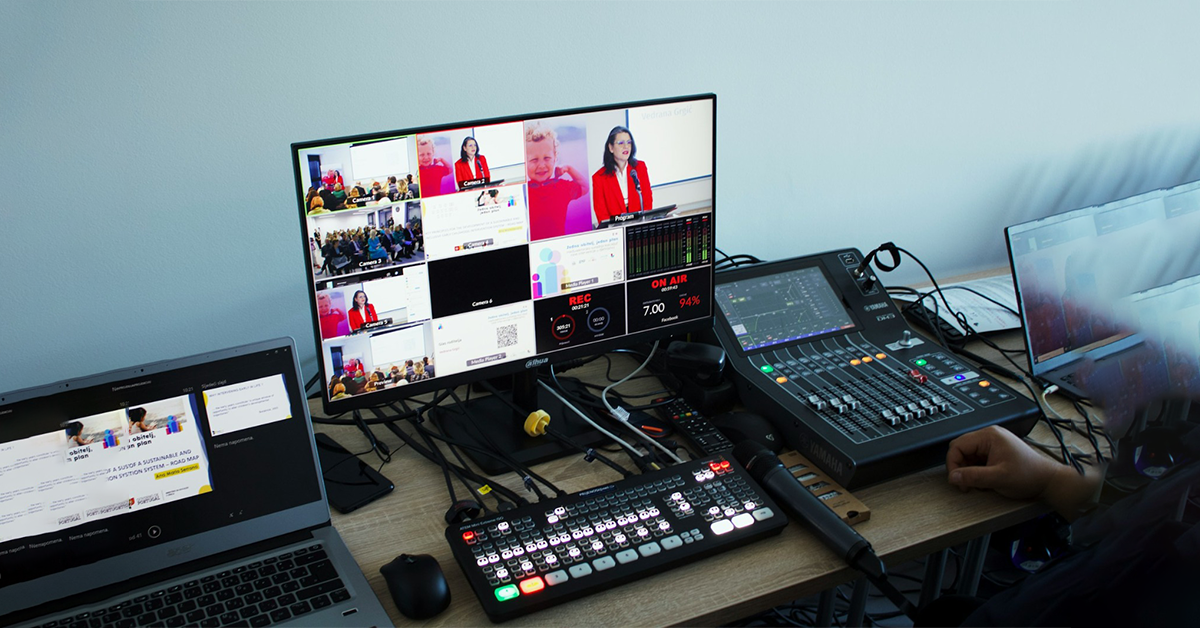So you’ve got a brilliant idea for a film or TV show, but you’re working with a limited budget and don’t have access to luxurious sets or stunning locations. Don’t worry, because creating a virtual studio set is here to rescue your production! By leveraging advanced technology and computer-generated imagery (CGI), you can transport your audience to any setting you desire without ever leaving the comfort of your studio. In this article, you’ll discover how creating a virtual studio set can enhance your production and help you bring your creative vision to life in a cost-effective and visually captivating way.
Understanding Virtual Studio Set
Definition of Virtual Studio Set
A virtual studio set is a digital environment that is created using computer-generated graphics and technology to give the illusion of a physical studio set. It allows for the creation of a realistic and immersive space for filming or broadcasting without the need for actually building physical sets. virtual studio sets are used in various industries, including television, film, advertising, and live events.
History of Virtual Studios
The concept of virtual studios dates back to the 1960s when the first experiments with chroma keying or green screen technology began. It enabled filmmakers and broadcasters to superimpose actors or objects onto different backgrounds. Over the years, advancements in technology, especially computer graphics and real-time rendering, have revolutionized virtual studios, making them more sophisticated and versatile.
Used Technologies in Virtual Studio Systems
Virtual studio systems rely on various technologies to create and operate. One of the key technologies is chroma keying, which involves shooting the subject against a green or blue screen and replacing that background with a digitally generated environment. Other technologies involved include 3D graphic design software, animation software, lighting, and broadcasting software. These technologies work together harmoniously to create a seamless and realistic virtual studio set.
Benefits of Virtual Studio Set
Cost-effectiveness and Flexibility
One of the major benefits of virtual studio sets is cost-effectiveness. Building physical sets can be expensive, time-consuming, and restrictive in terms of design possibilities. With a virtual studio set, there is no need for constructing and dismantling physical sets for different productions. This saves both time and money. Additionally, virtual sets offer flexibility, as they can be easily customized and adapted to suit different themes and scenarios.
Visual Appeal and Creativity
Virtual studio sets offer a wide range of design options and possibilities for creative expression. The use of computer-generated graphics allows for the creation of visually stunning and realistic environments that capture the audience’s attention. From futuristic cityscapes to picturesque natural landscapes, the only limit is one’s imagination. Virtual sets also allow for the integration of visual effects and animations, further enhancing the overall visual appeal.
Unlimited Design Options
With physical sets, there are limitations in terms of space, logistics, and practicality. Virtual studio sets, on the other hand, provide unlimited design options. From grandiose and elaborate designs to minimalist and abstract concepts, anything is possible in the virtual realm. This allows filmmakers and broadcasters to create unique and immersive experiences that were previously unattainable with traditional sets.
Real-time Updates and Editing
One of the advantages of virtual studio sets is the ability to make real-time updates and edits. With traditional sets, any changes would require rebuilding or rearranging physical elements, which can be time-consuming and costly. In a virtual set, changes can be made on the fly, allowing for quick adjustments to meet specific production requirements. This enables more flexibility and efficiency during the production process.
Elements of a Virtual Studio Set
Screen Technology
The screen technology used in virtual studio sets is crucial for creating a realistic and immersive environment. High-resolution LED screens or projection systems are commonly employed to display the computer-generated graphics and backgrounds. These screens need to have excellent color reproduction, brightness, and contrast to ensure that the virtual elements blend seamlessly with the real elements in the set.
Lighting
Lighting plays a vital role in setting the mood and atmosphere of a virtual studio set. Proper lighting techniques are essential for achieving a realistic look and feel. Different lighting setups, such as key lights, fill lights, and backlights, are used to simulate natural lighting conditions and enhance the depth and dimension of the virtual environment. The lighting also needs to be synchronized with the virtual elements to avoid any visual inconsistencies.
Virtual Set Design
Virtual set design involves the creation of the digital environment and all its elements. This includes the placement of virtual objects, textures, colors, and overall aesthetics. The design needs to be visually captivating and cohesive with the theme of the production. Attention to detail is crucial, as even minor inconsistencies can disrupt the illusion of the virtual set.
Chroma Key
Chroma key technology is an essential component of virtual studio sets. It involves shooting the subject against a green or blue screen, which is then replaced with the computer-generated background during post-production. The chroma key process requires proper lighting, color separation, and keying software to ensure accurate and seamless integration between the real and virtual elements.
Software Required for Creating a Virtual Studio Set
3D Graphic Design Software
To create the digital assets and elements of a virtual studio set, 3D graphic design software is used. This software allows designers to create and manipulate 3D models, textures, and materials. It provides extensive tools and features for designing and rendering realistic virtual environments. Popular 3D graphic design software includes Autodesk Maya, Cinema 4D, and Blender.
Animation Software
Animation software is used to bring the virtual elements to life. It enables designers to add movement, dynamics, and effects to the 3D models and objects in the virtual set. This software allows for the creation of realistic animations, including camera movements, object interactions, and special effects. Some commonly used animation software includes Autodesk 3ds Max, Adobe After Effects, and Houdini.
Broadcasting Software
Broadcasting software is required to seamlessly integrate the virtual studio set with the live production. It enables real-time rendering and compositing of the virtual elements with the live video feed. This software ensures smooth transitions, overlays, and graphic effects during live broadcasts. Examples of popular broadcasting software include Vizrt, Unreal Engine, and Ross Virtual Solutions.
Integration Software
Integration software is used to connect and control various components of the virtual studio set. It acts as the central hub for managing the virtual elements, cameras, lighting systems, and other technical aspects. Integration software allows for real-time adjustments and synchronization between the different components, ensuring a seamless and cohesive production. Examples of integration software include Viz Mosart, Brainstorm InfinitySet, and Datavideo’s TVS-3000.
Detailed Walk-through of Creating a Virtual Studio Set
Conceptualizing the Design
The first step in creating a virtual studio set is conceptualizing the design. This involves brainstorming ideas, gathering references, and understanding the production requirements. The design concept should align with the theme, mood, and overall aesthetic of the production. Collaboration between the creative team, including designers, directors, and producers, is crucial at this stage to ensure a clear vision for the virtual set.
Creating the 3D Model
Once the design concept is established, the next step is to create the 3D model of the virtual set. Using 3D graphic design software, designers can build the digital environment, including the set elements, props, and virtual objects. Attention to detail is important to ensure that the virtual set looks realistic and cohesive. The 3D model should also consider the camera angles and movements that will be used during the production.
Texturing and Lighting the Set
After creating the 3D model, it is time to add textures and lighting to the set. Texture mapping involves applying realistic materials and surface details to the virtual objects. This helps to enhance the visual quality and authenticity of the set. Lighting is then added to simulate natural or desired lighting conditions. The use of different lighting techniques, such as soft lighting or directional lighting, can create dramatic effects and enhance the overall atmosphere of the virtual set.
Rendering and Final Output
Once the virtual set is fully designed, textured, and lit, it is ready for rendering. Rendering is the process of generating the final images or video sequences from the 3D model and its associated materials, textures, and lighting. This can be a time-consuming process, as the software calculates the complex lighting interactions and reflections within the virtual set. The final output can be in various formats, such as high-definition video or image sequences, ready for integration into the live production.
Importance of Lighting in Virtual Studio Sets
Understanding Light Propagation in Virtual Studios
Lighting is a crucial aspect of virtual studio sets as it greatly influences the overall look and feel of the production. In a virtual environment, light needs to be simulated and accurately portrayed to create a sense of realism. Understanding how light propagates, interacts, and reflects within the virtual set is essential for achieving convincing and natural-looking lighting conditions.
Chroma Key Lighting
Chroma key lighting is specifically targeted at the subject or talent being filmed against the green or blue screen. Proper lighting techniques are required to ensure even illumination and minimize shadows or color spills on the subject. The lighting setup should provide sufficient contrast between the subject and the screen, allowing for accurate color separation during the chroma keying process.
Achieving Realistic Lighting
Realism is a key goal when it comes to lighting in virtual studio sets. The lighting should emulate real-world conditions and create a sense of depth and dimension within the virtual environment. Proper attention should be given to modeling and positioning light sources, adjusting their intensity and color temperature, and considering the reflections and shadows they produce. Realistic lighting enhances the believability of the virtual set and enhances the overall viewer experience.
Successfully Incorporating Chroma Key in Virtual Studio Sets
Basics of Chroma Key
Chroma keying is a technique used to remove a specific color (green or blue) from an image or video and replace it with another background. In virtual studio sets, this technique is utilized to replace the green or blue screen with the desired virtual environment. The basic principle relies on color separation, where the subject is filmed against a well-lit screen with minimal color spill or shadows.
Tips for Chroma Keying
To achieve successful chroma keying, several factors need to be considered. Firstly, proper lighting is crucial to ensure even illumination on the screen and subject while avoiding any unwanted shadows or reflections. Secondly, the subject should be positioned at an optimal distance from the screen to avoid spillage or color bleeding. Lastly, the use of high-quality cameras and keying software can greatly enhance the accuracy and precision of the chroma keying process.
Common Chroma Key Challenges and their Solutions
Chroma keying can present various challenges during the production process. Some common challenges include uneven lighting on the screen, color spill on the subject, and difficulties in achieving accurate color separation. These challenges can be overcome by using dedicated lighting setups, employing color correction techniques during post-production, and ensuring proper distance and positioning between the subject and the screen. Regular testing, adjustments, and fine-tuning are essential to address any chroma keying issues effectively.
Integration of Real and Virtual Elements
Camera Tracking
Camera tracking is essential for seamlessly integrating the real and virtual elements in a virtual studio set. Tracking technology allows the virtual set to be synchronized with the camera movements and angles during the live production. This ensures that the virtual elements accurately align with the physical camera position, resulting in a cohesive and realistic combination of real and virtual elements.
Matching Lighting Conditions
In order to achieve a seamless integration between real and virtual elements, it is crucial to match the lighting conditions. The lighting on the real set and the virtual set should be consistent in terms of color temperature, intensity, and direction. This ensures that the virtual elements blend seamlessly with the real environment, giving the illusion of a cohesive production.
Layering of Real and Virtual Elements
Layering is an important technique used to combine the real and virtual elements in the final output. Using compositing software, the virtual elements are layered on top of the real footage, taking into consideration the proper order, transparency, and positioning. This layering process requires attention to detail and precision to ensure that the virtual elements appear natural and integrated within the real environment.
Testing and Previews before Going Live
Mock Broadcasts
Before going live with a virtual studio set, it is essential to conduct mock broadcasts and rehearsals. These provide an opportunity to test the integration of real and virtual elements, camera movements, lighting conditions, and overall system performance. Mock broadcasts allow for real-time adjustments, fine-tuning, and problem-solving before the actual production takes place.
Feedback and Revisions
During the testing phase, feedback from the production team, directors, and other stakeholders is crucial. This feedback helps to identify any areas of improvement or adjustments needed to enhance the virtual studio set. Revisions can be made based on the feedback received, including changes in the virtual set design, lighting setups, or integration techniques. Iterative testing and feedback cycles ensure a polished and successful virtual studio production.
Assessing System Performance
System performance assessment is an important step in the testing phase. This involves evaluating the overall performance of the virtual studio system, including the hardware, software, and network infrastructure. Factors such as rendering speed, latency, and system stability need to be assessed to ensure smooth operation during live broadcasts. Performance optimization techniques can be applied to address any bottlenecks or inefficiencies in the system.
Maintaining and Updating Your Virtual Studio Set
Post-production Editing
After the live production, post-production editing plays a crucial role in fine-tuning the virtual studio set. This involves color correction, visual effects, and finalizing the audio elements to enhance the overall quality of the production. Post-production editing allows for further customization, refinement, and polishing of the virtual set, ensuring that it meets the desired standards and objectives.
Technical Maintenance
Regular technical maintenance is essential to ensure the smooth operation of the virtual studio set. This includes software updates, hardware maintenance, and troubleshooting any technical issues that may arise. It is important to have a dedicated technical team or professionals who can provide ongoing support and ensure that the virtual studio system remains reliable and up-to-date.
Ongoing Virtual Set Designs and Updates
Virtual set designs should be considered as dynamic and evolving entities. As technology advances and creative ideas change, it is important to keep the virtual set designs up-to-date. This may involve creating new virtual elements, updating textures or lighting setups, or even redesigning the entire virtual set. Ongoing virtual set designs and updates help to keep productions fresh, exciting, and in-line with current trends and audience expectations.
In conclusion, virtual studio sets have revolutionized the production industry by providing cost-effective, flexible, and visually appealing solutions for creating immersive environments. Understanding the elements, technologies, and techniques involved in virtual studio sets allows for the successful creation, integration, and maintenance of these digital spaces. With the right tools, expertise, and creativity, virtual studio sets can enhance your production and captivate your audience like never before.

